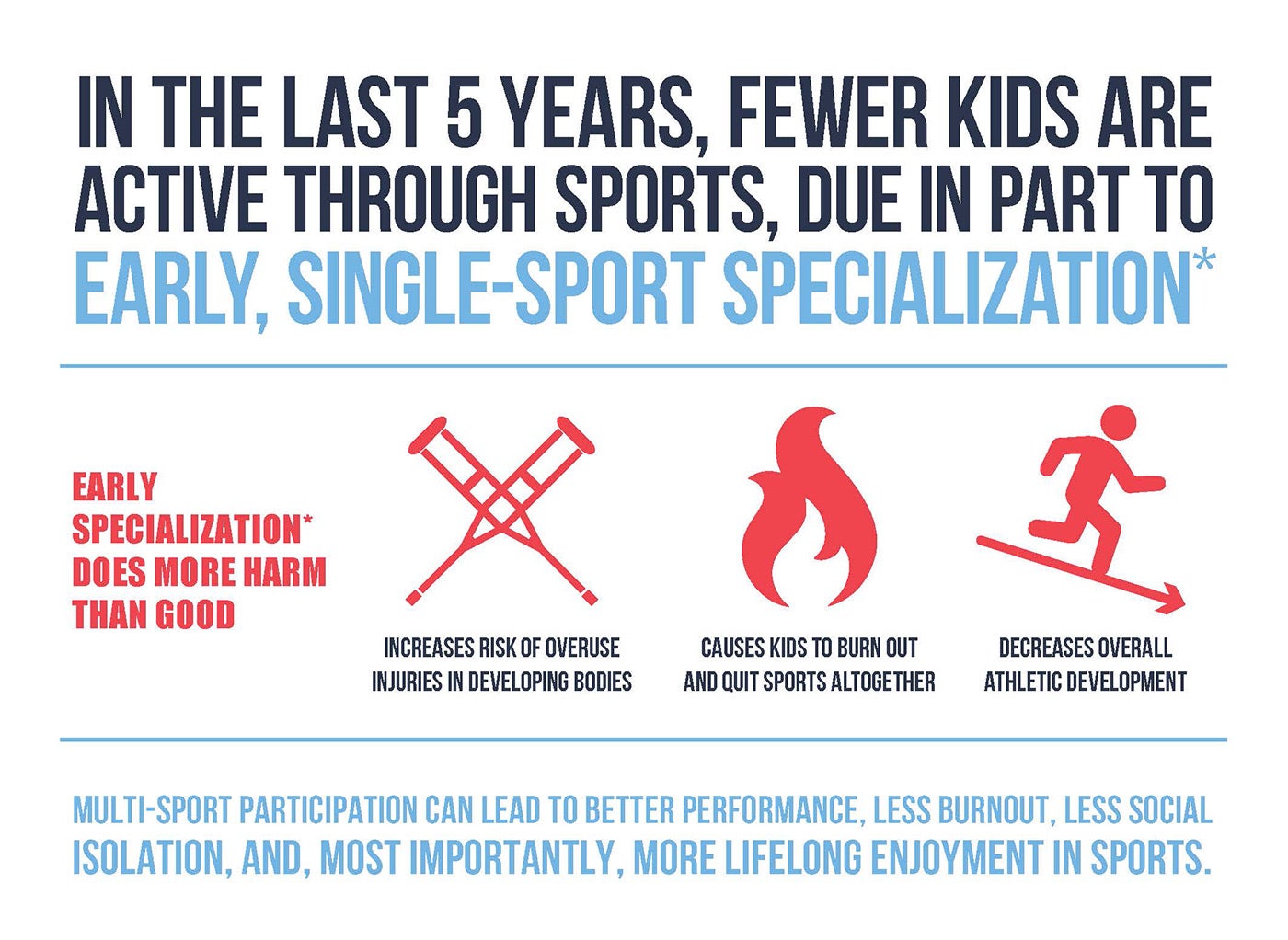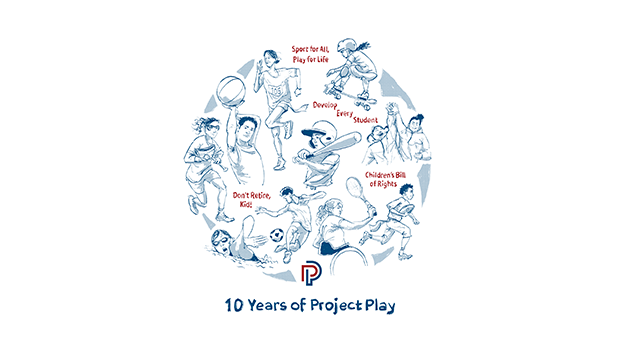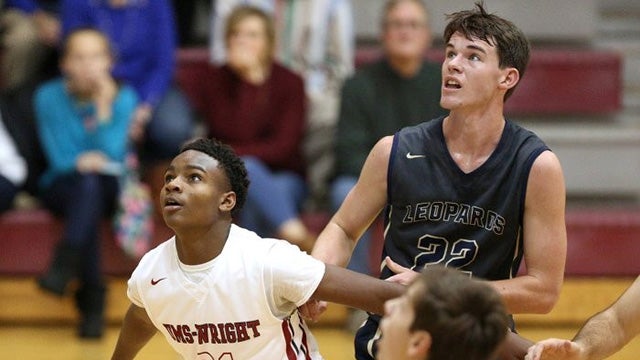
If you’re a parent of an active child today, you may be familiar with the dilemma. Your kid shows an interest in a sport, flashes some promise, then next thing you know – maybe even before she or he is out of grade school — the message you’re getting from coaches is the pathway to the next level flows through a focused, year-round commitment to that sport. You may even be asked to sign a contract promising to prioritize that team’s training sessions and games over any outside sport activities.
It’s not consistent with what the research says about quality athletic development. “Not one publication says specialized, intense early play will lead to elite-level success,” says Dr. Neeru Jayanthi, an Emory University professor and one of the world’s leading experts on the health implications of youth athletic training. “There are plenty of anecdotal stories” but no data to support that approach as better than just letting children do what most of them naturally want to do, which is to explore a range of activities.
Schools know not to teach kids just one subject. But this is becoming the standard in youth sports, at least among those who can afford the rising economic barriers to entry (which many cannot). In 2015, for the first time since data began to be collected by the Sports & Fitness Industry Association, the number of team sports that the average child (ages 6 to 17) played dropped below two, to 1.89.
What to do? At the 2015 Project Play Summit where we introduced our seminal report, Sport for All, Play for Life: A Playbook to Get Every Kid in the Game, we offered to host a follow-up roundtable on the topic that was of most interest to attendees. The winning idea, as submitted by thought leaders and voted upon via electronic, on-site polling: Conceptualize a multi-sport club. It was a response to the fact that increasingly, youth sports is influenced by private clubs that have expertise in just one sport, and if they own facilities, promote year-round play in that sport because, well, their mortgages need to be paid year-round. Structurally, it’s a model that makes sense for entrepreneurs, not kids and families.
So, last September at the invitation of the U.S. Tennis Association, we hosted a roundtable at the U.S. Open that convened senior leaders from organizations with the capacity to change the game. Actually, it was a couple of roundtables, one mostly for leaders from the professional leagues, one for leaders from national sport governing bodies, with a mix of other key groups, including the President’s Council on Fitness, Sports & Nutrition. Many had just agreed to a statement in support of multi-sport play at least through age 12, the first shared action around a strategy as identified in the Sport for All, Play for Life report. Their endorsement was featured in a PSA placed by the USTA in the Sports Business Journal.
Step Two was forming a working group focused on creating a resource that sport providers could use to create multi-sport venues. That resource was delivered at the 2016 Project Play Summit, a document offering guidance for not just sport clubs but camps, parks & rec departments, and other providers. It highlights programs from across the U.S. that we identified as exemplars in encouraging multi-sport play and have developed successful models or innovations that can be scaled. We include a brief overview of each organization, its breakthrough strategy or tact, and its financial structure. Ideas also are offered for creating multi-sport programs from scratch.
Check out the first-of-its kind resource here, and please share with your networks.
Because multi-sport play isn’t just what kids need. It’s what the market wants, if given a choice.
Tom Farrey is executive director of the Aspen Institute Sports & Society Program and founder of the Project Play initiative, which provides thought leaders with the guidance to build healthy communities through sport. The program has produced a series of reports, most recently State of Play: 2016, an annual snapshot of how well stakeholders are serving children and communities through sports, with grades offered in each of the areas of opportunity as identified in the Sport for All, Play for Life report.

